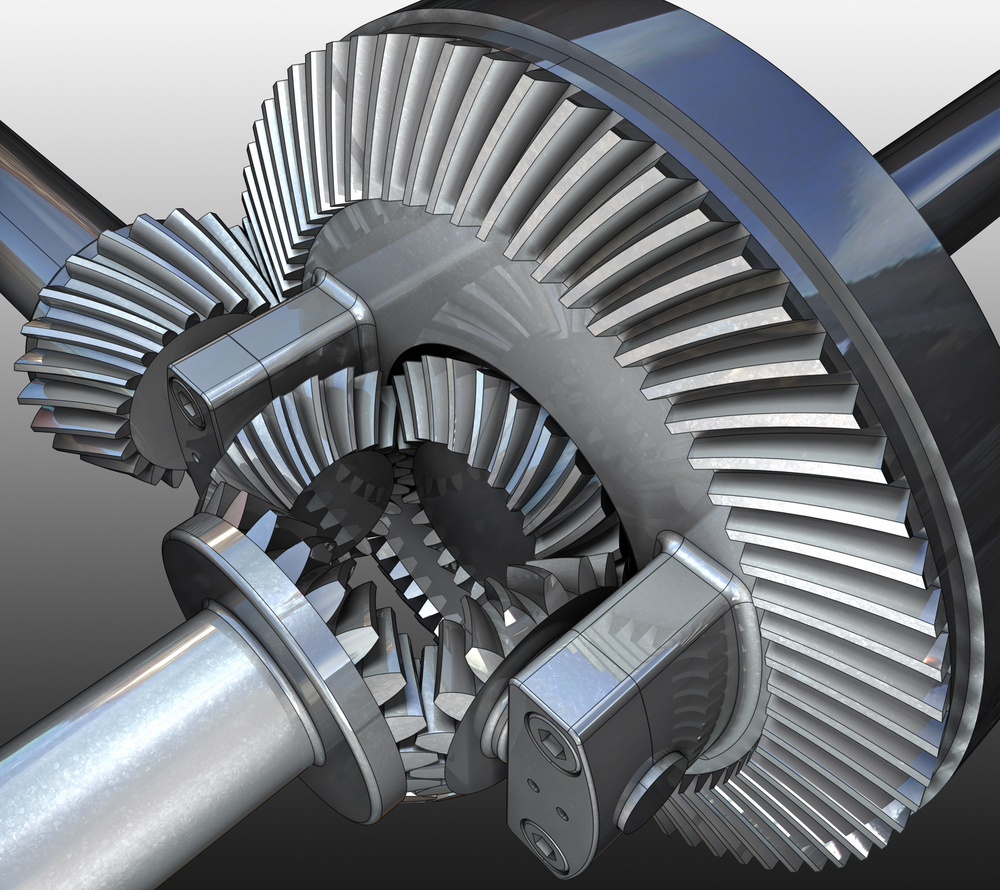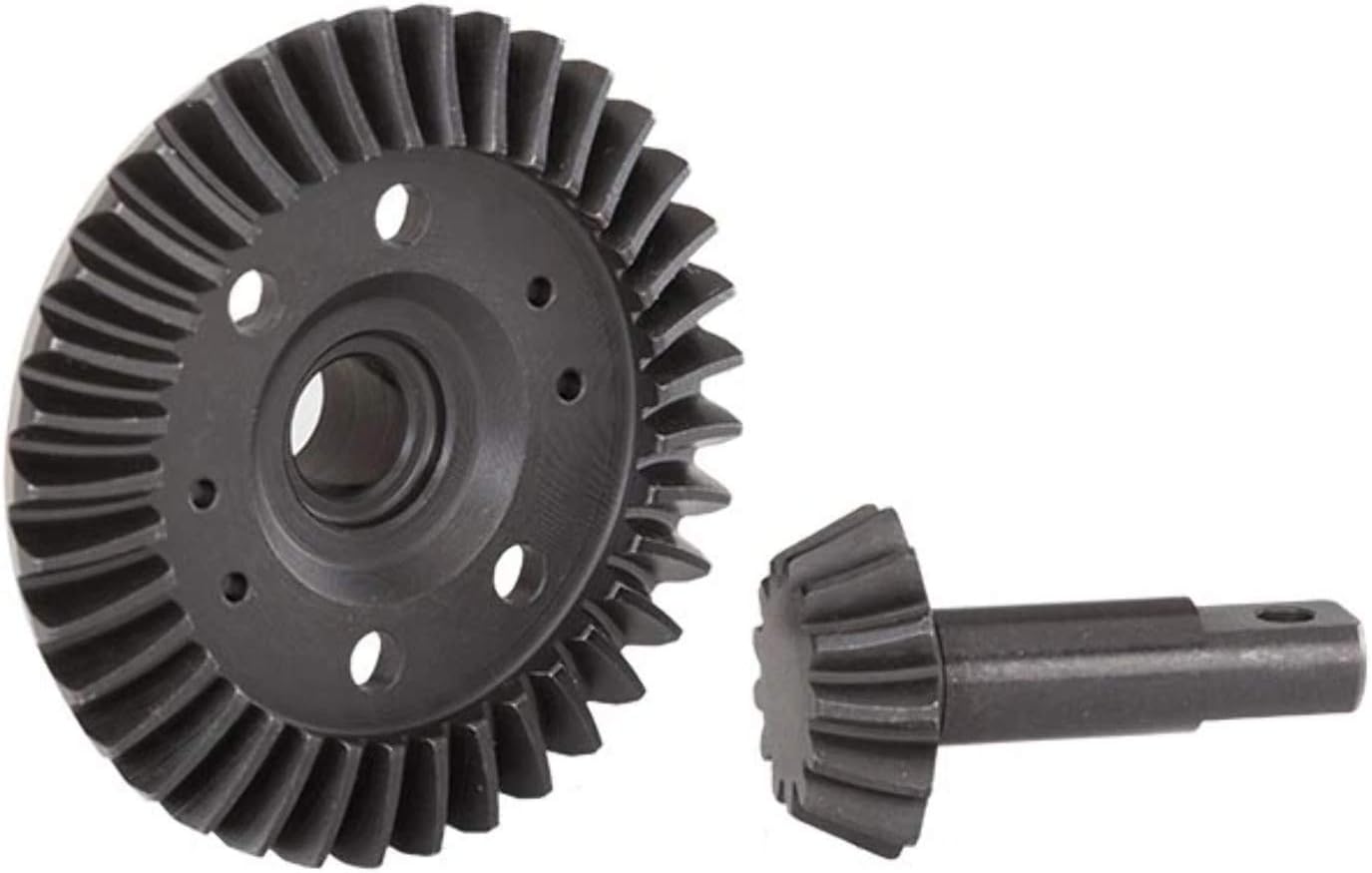Product Description
Jieyu Auto Parts For 41039-71571 for CHINAMFG hilux vigo differential gear
HangZhou CHINAMFG Auto Parts Co., Ltd.Our Factory Main Products with CHINAMFG pickup trucks,hilux,vigo,revo,rocco,prado land cruiser ,nissan NAVARA D-MAX ,FORD RANGER Series full vehicle accessories.
HangZhou CHINAMFG Auto Parts Co., Ltd.is a professional and leading company specialized in auto spare parts sales since 2571 in HangZhou of China.Our company specialized in products such as spark plug, ignition coil,brake padsoxygen sensor, handbrake cable,air conditioner filter,cylinder assy,suspension part,HID bulbs etc for Toyota, Honda, Nissan, MAZDA, MITSUBISHI, HYUNDAI, MERCEDES Benz, BMW, Volkswagen and so on. We always keep a stable and long term cooperation with many factories for meeting our customers various requirements.
Q: What’s your MOQ?
A: MOQ usually is 20 pieces. (depend on which products you need)
Q: What’s your Payment terms?
A: 30% deposit, 70% balance payment before shipment.
Q: What payment method you accept?
A: Bank Tranfer, T/T, Credit Card, PayPal. Western Union.
Q: How do you control your quality?
A: All products were produced in high standards, and has passed component tests, unfinished tests and 100% products testing before delivery.
Q: How do you ship goods?
A: if you have shipping agent in China, we can send goods to your agent warehouse. If don’t have agent, we will long cooperated shipping company, you can choose by DHL, Fedex, or UPS. or shipping by sea, we will give you several solutions to choose.
Q: Can we customized the length, size or with different materials?
A: Yes, we will try our best to meet most of your needs.
Q: Can you produce the same product as mine if I provide you a sample?
A: Yes, we are capable of producing the electric parts for the most products.
Q: Can you provide me free sample first?
A: It depends on the sample’s cost, normally we can, but client need to pay the shipping cos
/* January 22, 2571 19:08:37 */!function(){function s(e,r){var a,o={};try{e&&e.split(“,”).forEach(function(e,t){e&&(a=e.match(/(.*?):(.*)$/))&&1
| After-sales Service: | 1years |
|---|---|
| Warranty: | 1years |
| Material: | Steel |
| Deck: | Double |
| Trademark: | HLKS |
| Origin: | China |
| Samples: |
US$ 18/Piece
1 Piece(Min.Order) | |
|---|
| Customization: |
Available
| Customized Request |
|---|

What is the impact of a malfunctioning differential gear on a vehicle’s performance?
A malfunctioning differential gear can significantly impact a vehicle’s performance and drivability. Here’s a detailed explanation of the effects of a malfunctioning differential gear:
1. Limited Traction:
A malfunctioning differential gear may result in limited traction, especially in off-road or slippery conditions. The differential gear distributes torque between the wheels to provide optimal traction. If the gear malfunctions, it may not distribute power evenly, causing one or more wheels to lose traction. This can result in wheel slip, difficulty in accelerating, and compromised control over the vehicle.
2. Poor Handling and Stability:
The differential gear plays a critical role in maintaining stability and handling characteristics of a vehicle. A malfunctioning differential gear can disrupt the balance between the wheels, leading to poor handling and stability. For example, if a rear-wheel-drive vehicle’s differential gear fails, it can cause excessive oversteer or understeer, making the vehicle difficult to control during cornering or sudden maneuvers.
3. Increased Tire Wear:
A malfunctioning differential gear can cause uneven tire wear. When the gear fails to distribute torque evenly, some wheels may experience excessive slippage or spinning, while others receive insufficient power. This uneven distribution of forces can lead to accelerated tire wear on specific wheels, resulting in uneven tread wear patterns and reducing the overall lifespan of the tires.
4. Abnormal Noise and Vibration:
A malfunctioning differential gear can produce abnormal noises and vibrations. If the gear’s components, such as bearings or gears, wear out or become damaged, it can result in grinding, whining, or clunking noises during operation. Additionally, the vehicle may experience vibrations, especially when accelerating or navigating turns. These symptoms indicate potential issues with the differential gear that require immediate attention.
5. Loss of Power and Performance:
A malfunctioning differential gear can lead to a loss of power and performance. If the gear fails to transfer torque effectively, the vehicle may experience reduced power delivery to the wheels. This can result in sluggish acceleration, decreased towing or hauling capacity, and overall compromised performance. The vehicle may struggle to climb inclines, navigate challenging terrain, or maintain speed efficiently.
6. Increased Fuel Consumption:
A malfunctioning differential gear can contribute to increased fuel consumption. When the gear fails to distribute torque properly, the engine may need to work harder to compensate for the lack of power transmission. This increased workload can lead to higher fuel consumption, as the engine consumes more fuel to maintain performance levels.
7. Safety Concerns:
A malfunctioning differential gear can pose safety concerns for the driver and passengers. Limited traction, poor handling, and compromised stability increase the risk of accidents, especially in adverse weather conditions or emergency situations. It is crucial to address any differential gear issues promptly to ensure the safe operation of the vehicle.
In summary, a malfunctioning differential gear can have a significant impact on a vehicle’s performance. It can result in limited traction, poor handling and stability, increased tire wear, abnormal noises and vibrations, loss of power and performance, increased fuel consumption, and safety concerns. Regular maintenance, prompt repairs, and addressing differential gear issues can help maintain the vehicle’s performance, drivability, and overall safety.

How do differential gears interact with the suspension system of a vehicle?
Differential gears interact with the suspension system of a vehicle in several ways. Here’s a detailed explanation of their interaction:
- Power Transmission: The primary function of differential gears is to distribute power from the engine to the wheels. The power is transmitted through the drivetrain, which includes the transmission, driveshaft, and differential gears. The differential gears are located within the rear axle assembly and connect to the wheels via the axle shafts. As the suspension system allows the wheels to move up and down independently, the differential gears accommodate these movements to ensure smooth and consistent power transmission.
- Wheel Movement: The suspension system of a vehicle allows the wheels to move vertically to absorb road irregularities, bumps, and vibrations. This movement is essential for providing a comfortable ride, maintaining tire contact with the road surface, and improving overall handling and stability. The differential gears must accommodate this wheel movement without hindering power transmission. They are mounted within the axle housing, which is connected to the suspension system, allowing the wheels to move up and down while maintaining their connection to the differential assembly.
- Drive Axle and Halfshafts: In many vehicles, the differential gears are located within the drive axle assembly, which is an integral part of the suspension system. The drive axle assembly consists of the differential gears, axle housing, and halfshafts (also known as axle shafts). The halfshafts connect the differential gears to the wheel hubs, transmitting power from the differential to the wheels. The suspension system and differential gears work in conjunction to allow the halfshafts to flex and accommodate the vertical movement of the wheels while maintaining power delivery.
- Torque Steer: Differential gears can also influence torque steer, which is the tendency of the vehicle to pull to one side during acceleration. Torque steer occurs when one wheel receives more torque than the other, causing an imbalance in power delivery and resulting in steering effects. Differential gears, particularly in front-wheel-drive vehicles, help manage torque steer by distributing torque between the front wheels. Advanced differential technologies, such as limited-slip differentials or electronic torque vectoring systems, can further mitigate torque steer and enhance overall vehicle stability.
- Performance Applications: In high-performance or sport-oriented vehicles, the interaction between differential gears and the suspension system becomes even more critical. The suspension system is usually designed to provide optimal handling characteristics, including minimal body roll, precise cornering, and responsive feedback. Differential gears, particularly limited-slip differentials or electronically controlled differentials, can be specifically tuned to complement the suspension system and maximize traction, stability, and cornering performance. This integration ensures that the power delivered to the wheels is effectively utilized, enhancing the vehicle’s overall dynamic capabilities.
In summary, differential gears interact with the suspension system of a vehicle by accommodating wheel movement, transmitting power while allowing independent wheel motion, connecting to the drive axle and halfshafts, managing torque steer, and optimizing performance in high-performance applications. This interaction ensures smooth power transmission, proper handling, stability, and overall vehicle performance.

What are the functions of a differential gear in a vehicle?
A differential gear in a vehicle serves several important functions. Here’s a detailed explanation:
1. Torque Distribution:
One of the primary functions of a differential gear is to distribute torque (rotational force) from the engine to the wheels. As the engine generates power, the differential ensures that it is transmitted to the wheels efficiently and effectively. By dividing the torque between the two wheels, the differential enables both wheels to receive power and propel the vehicle forward.
2. Differential Action:
The differential gear allows the wheels to rotate at different speeds when the vehicle is turning or when one wheel encounters different traction conditions. This differential action is crucial for smooth and controlled maneuvering. By enabling the outer wheel to rotate faster than the inner wheel during a turn, the differential allows the vehicle to negotiate corners without binding or skidding.
3. Wheel Speed Compensation:
When the vehicle is turning, the inside wheel travels a shorter distance compared to the outside wheel. Without a differential, this speed difference would cause significant drivetrain stress and tire wear. The differential gear compensates for the varying wheel speeds by allowing the wheels to rotate at different speeds, ensuring smooth operation and minimizing strain on the drivetrain components.
4. Traction Improvement:
In situations where one wheel loses traction, such as when driving on slippery surfaces or uneven terrain, the differential gear helps improve traction. By allowing the wheel with traction to receive more power, the differential ensures that the vehicle can continue moving forward. This is particularly important in vehicles with two-wheel drive, as the differential helps optimize power delivery to the wheel with better traction.
5. Reducing Tire Wear:
The differential gear contributes to reducing tire wear by accommodating differences in wheel speeds. By allowing the wheels to rotate at different speeds during turns, the differential minimizes tire scrubbing and uneven wear. It helps distribute the forces evenly across the tires, promoting longer tire life and maintaining better overall traction.
6. Enhanced Stability and Handling:
The differential gear plays a crucial role in enhancing vehicle stability and handling. By allowing the wheels to rotate independently, the differential facilitates better control during turns and maneuvering. It helps maintain proper weight distribution, prevents excessive understeer or oversteer, and promotes balanced handling characteristics.
Overall, the differential gear is an integral component of a vehicle’s drivetrain, responsible for torque distribution, wheel speed compensation, traction improvement, reducing tire wear, and enhancing stability and handling. It enables smooth and efficient power delivery to the wheels while accommodating varying speed and traction conditions, resulting in improved performance and driving dynamics.


editor by CX 2024-04-17